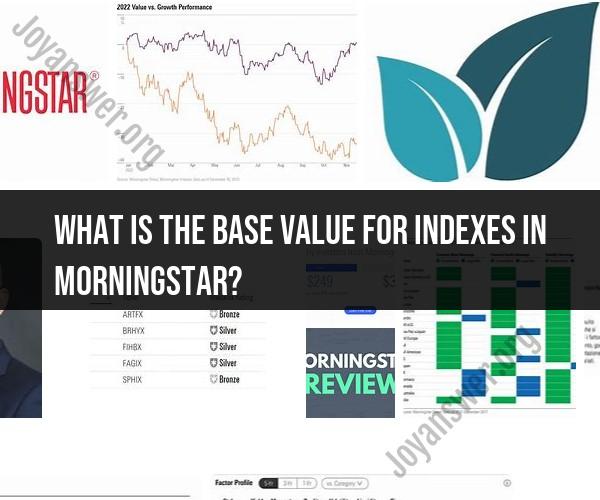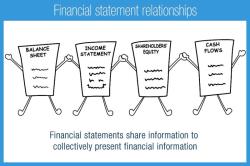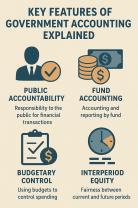What is the base value for indexes in Morningstar?
Morningstar, a global financial services and investment research company, often uses a base value of 100 or 1000 for its indexes. This base value is a reference point from which the index's performance is measured. Here's how it works:
Base Value: The base value is assigned to the index at a particular point in time, often the inception date of the index. It is set at a specific number, such as 100 or 1000.
Index Performance: Any changes in the index's value are expressed as a percentage change from the base value. For example, if an index has a base value of 1000 and it increases to 1100, the index's performance is said to have increased by 10%. If it decreases to 950, it's considered a 5% decrease.
Comparative Analysis: Using a base value allows for easy comparative analysis over time. Investors and analysts can assess how an index or investment has performed relative to its starting point.
Normalized Data: The base value normalizes the data, making it easier to understand and compare different indexes. It provides a consistent reference point for measuring performance.
Historical Data: Morningstar's indexes often provide historical data dating back to the inception of the index. The base value remains constant, making it easy to track long-term performance.
It's important to note that the specific base value (100 or 1000) may vary depending on the index. Different indexes may use different base values, and the choice of base value is a decision made by the organization or entity that creates and maintains the index.
Investors and analysts use these base values to assess the performance of various financial products, such as mutual funds, exchange-traded funds (ETFs), or market indexes, over time. By comparing the current value to the base value, they can determine how well an investment has performed and make informed decisions about their portfolios.
Exploring the Concept of Base Value in Morningstar Indexes
Base value in Morningstar indexes is the index value on a specific date, which is used to calculate subsequent index values. The base value is a fixed point that allows Morningstar to track the performance of an index over time.
Role of Base Value in Tracking Index Performance
The base value plays an important role in tracking index performance. It allows Morningstar to calculate the index value on any given date by comparing the current prices of the index constituents to their prices on the base date. This allows investors to track the performance of an index over time and to compare the performance of different indexes.
Understanding How Base Values Are Determined in Morningstar
Morningstar determines the base value of an index on a specific date, which is typically the date that the index is launched. The base value is calculated by averaging the prices of the index constituents on the base date.
Impact of Base Value on Investment Decisions
The base value can have an impact on investment decisions. For example, an investor who is looking to invest in a fund that tracks an index with a high base value may be less likely to invest in that fund, as it may be more difficult for the fund to generate returns that exceed the base value.
Historical Analysis of Base Values in Morningstar Indexes
Historically, the base values of Morningstar indexes have increased over time. This is due to the fact that the stock market has generally trended upwards over time. However, there have been periods of time when the stock market has declined, and the base values of Morningstar indexes have also declined.
Conclusion
Base value is an important concept in Morningstar indexes. It allows Morningstar to track the performance of an index over time and to compare the performance of different indexes. Investors should consider the base value of an index when making investment decisions.
Here are some additional tips for investors:
- When comparing the performance of different indexes, it is important to compare indexes with the same base value.
- Investors should also consider the risks and fees associated with investing in an index fund before investing.
- Investors should consult with a financial advisor to determine if investing in an index fund is right for them.












